
Understanding Paint Film Formation for Artists
Exploring the intricate process of paint film formation in paints is pivotal for artists aiming to master their craft. This article demystifies the science behind the drying and film formation of artists’ acrylic and oil paints, offering insights into materials, techniques, and best practices for creating enduring artworks.
The Essence of Paint Film Formation
At the heart of paint’s ability to adhere and beautify surfaces lies film formation—the transformation of paint from a liquid to a solid state upon application. This process, driven by film-forming polymers, ensures a homogenous and continuous layer, enhancing the paint’s aesthetic appeal and durability. Understanding film formation is crucial for artists, as it directly impacts the visual quality and longevity of their works.
Forces Behind Paint Film Formation
Film formation in paint is a complex interplay of physio-chemical interactions influenced by surface tension between the paint’s polymer and air, interfacial tension with water, and forces such as capillary action and osmotic pressure. For artists, recognizing these forces can inform choices on paint application and environmental conditions, optimizing the final appearance of their artwork.
Types of Paint Film Formation
Evaporation and Coalescence
This method, common in solvent or dispersion-based systems, relies on the evaporation of solvents, allowing paint particles to come together. Temperature and humidity play significant roles here. Artists using water-based acrylics or oils with solvents must account for these factors to achieve smooth, uniform films.
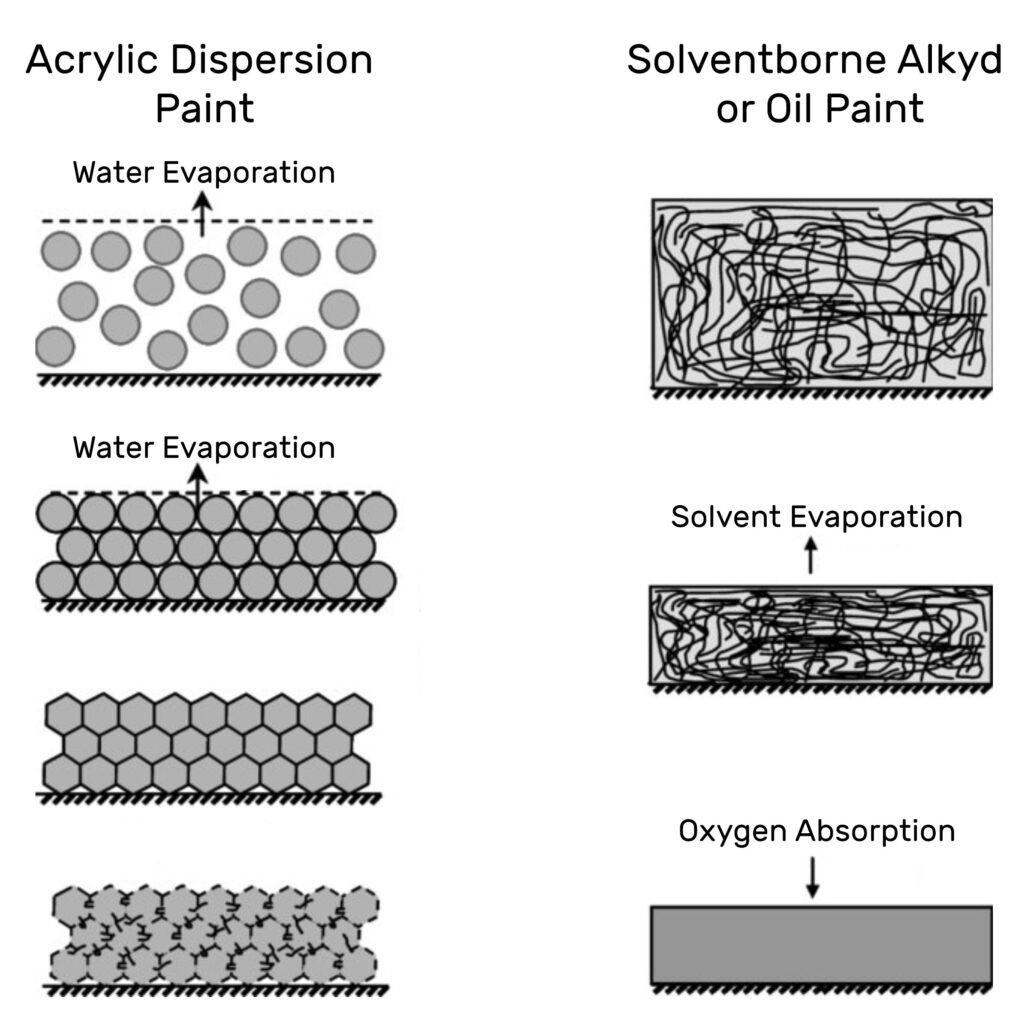
Evaporation film formation constitutes a primary mechanism through which artists’ acrylic paints transition from their liquid state, applied to the canvas or panel, to a solid, cohesive film. This process commences with the evaporation of water, the primary solvent in acrylic paints, which facilitates the initial drying phase. However, for the paint to form a smooth, uniform film, merely the evaporation of water is insufficient due to the high glass transition temperature (Tg) of the acrylic polymer particles. To overcome this challenge and ensure the proper coalescence of these particles—where they soften, deform, and merge to form a continuous film—artists’ acrylic paints often incorporate coalescent solvents. These additional solvents, with a lower evaporation rate than water, temporarily plasticize the polymer particles, reducing their Tg and enabling them to flow together before the solvent fully evaporates. This nuanced interplay between evaporation and coalescence is crucial for achieving a durable, visually pleasing finish, highlighting the sophisticated chemistry at the heart of acrylic painting techniques.
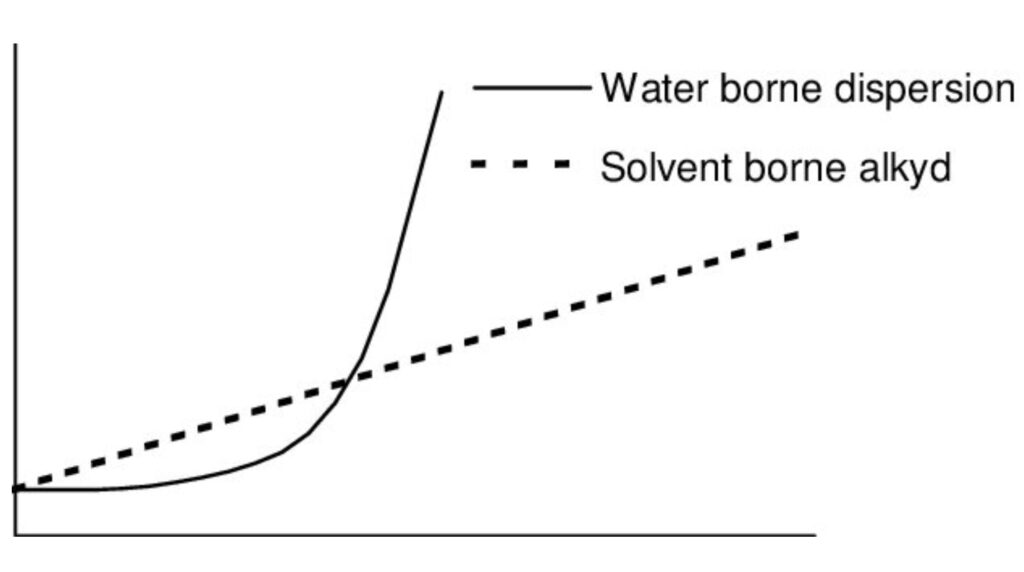
In water-based paint, the coalescence or film formation is abrupt. In solvent-based paint, such as alkyds, the film formation is continuous and slow.
The film formation mechanism of solvent-borne paints and mediums, such as alkyds, employed by artists, encompasses both evaporation and polymerization processes, presenting a contrast to the film formation seen in acrylic paints. In the case of solvent-borne mediums, the initial phase involves the evaporation of organic solvents, which reduces the volume of the liquid medium, bringing the polymer molecules closer together. Subsequently, these polymers undergo a chemical reaction, typically a cross-linking polymerization, facilitated by the presence of a catalyst or the inherent properties of the medium, such as air exposure in the case of alkyds and traditional oil paints. This reaction solidifies the paint into a durable film with a high degree of adhesion and resistance to environmental factors. In contrast, acrylic paints primarily rely on the evaporation of water and the coalescence of acrylic polymer emulsions. The process does not involve chemical cross-linking but rather the physical merging of polymer particles as the water evaporates, often assisted by coalescent solvents to ensure film smoothness. Consequently, the film formation in solvent-borne mediums like alkyds or oil paints is characterized by a transformative chemical bonding, offering a distinct resilience and texture compared to the predominantly physical process observed in acrylic paints.
Oxidative Paint Film Formation
Oxidative film formation is a distinct process by which artists’ oil paints transition from a liquid to a solid state, essential for the longevity and durability of a painting. Unlike water-based paints, which dry through the evaporation of water, oil paints undergo a complex chemical reaction with oxygen in the air. This process, known as oxidation, leads to the cross-linking of the oil molecules, gradually transforming the paint from a wet, malleable state to a hard, durable film. The rate and nature of this oxidative curing are influenced by factors such as the type of oil used (linseed, walnut, safflower, etc.), the presence of metallic driers (catalysts that accelerate drying), environmental conditions, and the thickness of the paint application. Understanding the nuances of oxidative film formation allows artists to manipulate the drying times and physical properties of their paintings, enabling the creation of works that not only capture the artist’s vision but also stand the test of time.
Chemical Curing and Cross-Linking
High-performance films often result from chemical reactions within the paint, such as in two-pack epoxy systems where a hardener initiates cross-linking. This method is uncommon in artist materials but can be found in specialized coatings and varnishes. Understanding these processes allows artists to manipulate working times and durability.
Factors Influencing Paint Film Formation
Glass Transition Temperature (Tg)
Glass transition temperature (Tg) indicates the flexibility of the paint’s polymer. A low Tg means the paint remains soft and pliable, aiding film formation. Conversely, a high Tg polymer might require additional measures, like heating, to achieve a smooth film. This is particularly relevant for artists when working with acrylics at low temperatures or with mediums or additives to modify the texture and drying time of their paints.
| Polymer | Tg (°C) |
|---|---|
| Polyethylene (LDPE) | -125 |
| Polypropylene (atactic) | -20 |
| Vegetable Drying Oil (Linseed Oil) | -15 |
| Oil-Modified Alkyd | -5 |
| Poly(vinyl acetate) (PVAc) | 28 |
| Poly(ethylene terephthalate) (PET) | 69 |
| Poly(vinyl alcohol) (PVA) | 85 |
| Poly(vinyl chloride) (PVC) | 81 |
| Polypropylene (isotactic) | 100 |
| Polystyrene | 100 |
| Poly(methylmethacrylate) (isotactic acrylic) | 105 |
The glass transition temperature (Tg) of alkyd and traditional oil paints, markedly lower than that of acrylic paints, holds significant importance for artists, especially when considering the medium’s behavior and application across various environments and artistic techniques. Traditional oil paints, with a Tg of around −15 °C, and alkyd paints, with a Tg of about −5 °C, remain pliable and workable at nearly all ambient temperatures encountered in typical studio and plein air conditions. This inherent flexibility due to their low Tg allows these mediums to maintain a supple film, reducing the risk of cracking and ensuring the longevity of the artwork even when subjected to fluctuations in temperature and humidity.

Acrylic emulsion paints used in the fine arts have glass-transition temperature (Tg) near or below room temperature. This means that acrylic emulsion films will always be soft at room temperature, and the paint surface will hold onto dust and dirt and even imbibe them into the film.
The higher Tg of acrylic paints means that, compared to the lower Tg of oil and alkyd paints, acrylics become rigid and less flexible at lower ambient temperatures, affecting how these materials respond to environmental changes. This distinction is crucial for artists to understand, as it directly impacts the choice of medium based on the conditions the artwork will be subjected to and the desired longevity and visual appearance of the finished piece. Recognizing this nuance allows artists to better predict the durability and flexibility of their chosen medium, ensuring the creation of artworks that remain resilient and visually consistent over time.
The glass transition temperature (Tg) is a critical property for artists using acrylic paints, as it significantly affects the paint’s flexibility and durability on flexible supports such as canvas. A higher Tg typically makes a paint film more resistant to solvents and wear, ideal for works requiring a long-lasting finish and resilience. Conversely, a lower Tg ensures that the paint remains flexible and less prone to cracking, which is suitable for techniques that demand a softer texture. Additionally, the Tg impacts the drying rate and viscosity of the paint, influencing how the paint handles and the ease with which it can be applied. Understanding the Tg of acrylic paints allows artists to select materials that best suit their creative needs, ensuring the desired balance between durability and flexibility in their artworks.
Solvent Resistance of Oil and Acrylic Paints
The solvent resistance of oil paints, despite their lower glass transition temperature (Tg) compared to acrylic paints, can be attributed to the chemical composition and curing process of oil-based mediums. Oil paints cure through a process of oxidative polymerization—a chemical reaction with oxygen from the air that leads to the cross-linking of the oil molecules, forming a durable, solid film over time. This cured network of oil molecules inherently possesses a high resistance to solvents, owing to the nature of the chemical bonds formed during the curing process.
In contrast, acrylic paints dry primarily through the evaporation of water, followed by the coalescence of acrylic polymer particles into a continuous film. The physical properties of this film, including solvent resistance, are influenced by the Tg of the acrylic polymers, which dictates the temperature at which the material transitions from a hard and glassy state to a soft and pliable one. A higher Tg in acrylic paints contributes to their durability and wear resistance under normal conditions but does not inherently confer the same level of solvent resistance as the chemically cross-linked network found in cured oil paints.
Thus, while the Tg provides insight into the flexibility and environmental resilience of acrylic and oil paints, the distinct mechanisms of film formation and curing in oil paints—resulting in a robust, interconnected molecular structure—account for their superior solvent resistance despite a lower Tg. This understanding underscores the importance of considering the physical and chemical properties of paint mediums when assessing their performance characteristics and suitability for specific artistic applications.
Minimum Film Formation Temperature (MFFT)
The MFFT is the lowest temperature at which paint can form a coherent film. For artists working in varying climates, understanding the MFFT of their chosen materials ensures that their work dries correctly without unwanted textural effects.
The MFFT is crucial for artists, particularly those working with acrylic paints on murals and outdoor artworks. MFFT represents the lowest temperature at which a paint can coalesce into a uniform film without the intervention of external forces. For muralists and artists focusing on outdoor installations, understanding the MFFT of their chosen acrylic paints is essential because it directly impacts the quality and durability of their work in varying climatic conditions.
Painting in temperatures below the MFFT can lead to improper film formation, resulting in many issues, such as reduced adhesion, cracking, and diminished aesthetic appeal. This is particularly pertinent for outdoor and mural projects, which are exposed to the elements and require robust film integrity to withstand environmental stressors over time. A well-formed acrylic film ensures the artwork retains its visual quality and structural stability, resisting moisture ingress, ultraviolet (UV) light degradation, and thermal cycling.
Moreover, the knowledge of MFFT allows artists to plan their work schedules according to the prevailing environmental temperatures, ensuring that the application conditions are conducive to optimal paint film formation. This understanding not only enhances the artwork’s longevity but also expands the artist’s ability to manipulate the medium’s properties for creative expression. In summary, the MFFT of acrylic paints is a fundamental consideration for artists aiming to produce enduring outdoor artworks and murals, necessitating a harmonious blend of scientific understanding and artistic endeavor.
Application Conditions
The environment plays a critical role in film formation. Optimal conditions usually involve higher temperatures and moderate humidity. Artists need to be mindful of their working environment to prevent issues like delayed drying times or surface imperfections.
Formulation Optimization
A balanced paint formulation is key to successful film formation. This involves a careful selection of binders, solvents, and additives. Artists often engage in this process intuitively, mixing their mediums and paints to achieve desired effects and consistencies.
Measuring and Evaluating Paint Film Formation
Tools like Differential Scanning Calorimetry (DSC) and Dynamic Mechanical Analysis (DMA) are utilized in industry settings to measure film properties. While these methods are beyond the typical artist studio, understanding their importance underscores the complexity of paint as a material.
Final Thoughts
Grasping the nuances of paint film formation empowers artists to push the boundaries of their medium. By appreciating the underlying science, artists can make informed decisions about their materials and techniques, leading to artwork that not only captivates visually but also stands the test of time.
References
Mastering Film Formation in Paints, Coatings, & Inks
MFFT 90 Minimum Film Forming Temperature
Film Formation of Latex Binders: What You Need To Know
New Generation Decorative Paint Technology
Formulating High-Performance Waterborne Acrylic Direct-to-Metal Coatings Under 25 g/L VOC
Young, Christina & Hagan, Eric. (2008). Cold temperature effects of modern paints used for priming flexible supports. Preparation for Painting: The Artist’s Choice and Its Consequences. Download
Janas, A., Mecklenburg, M.F., Fuster-López, L. et al. (2022). Shrinkage and mechanical properties of drying oil paints. Heritage Science 10, 181. https://doi.org/10.1186/s40494-022-00814-2. Download
Mecklenburg, M.F., Tumosa, C.F. and Erhardt, D. (2005). ‘The changing mechanical properties of ageing oil paints’, Materials Research Society Symposium Proceedings 852: 3.1.1–3.1.12.
Physical Properties of Modern Artists’ Oils Paints.
Scott Bennett (2018). “Rolling Acrylic Paintings for Shipping or Storage,” Just Paint. Golden Artist Colors. August 27, 2018. Link.

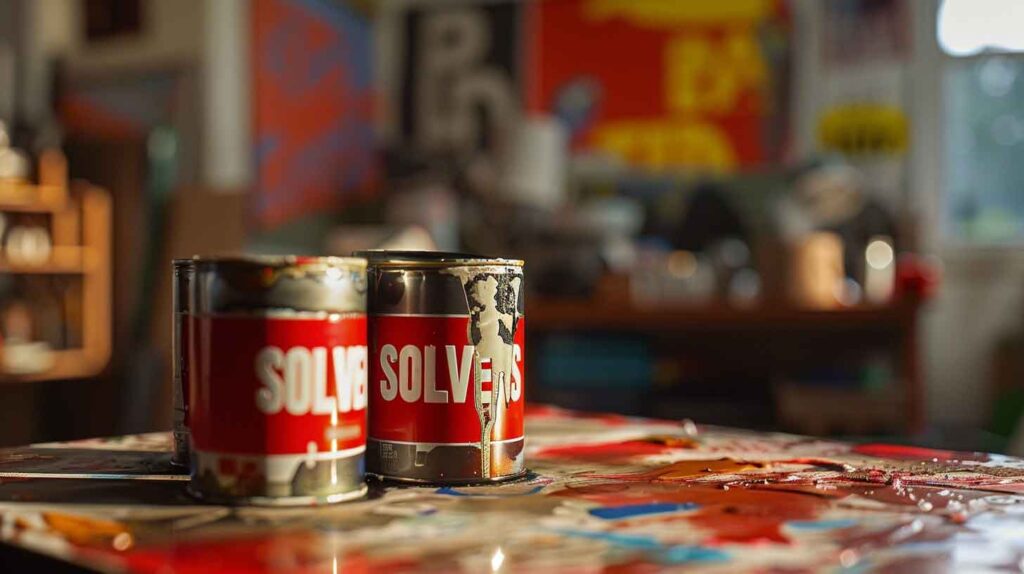
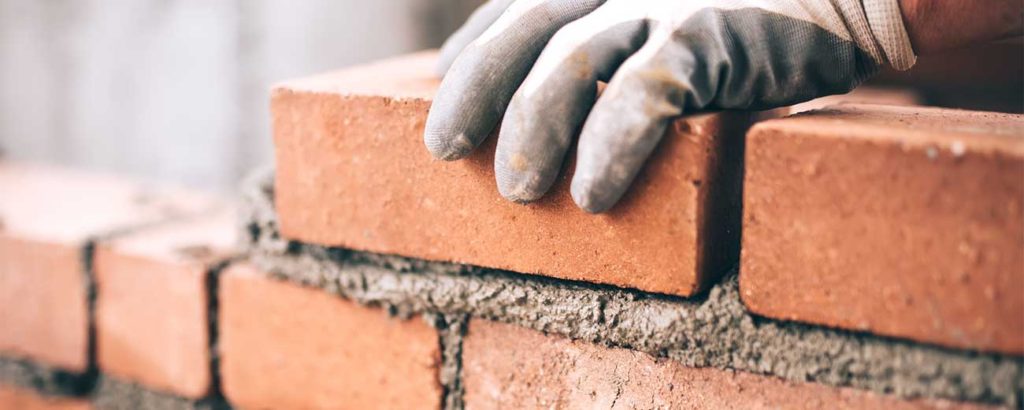

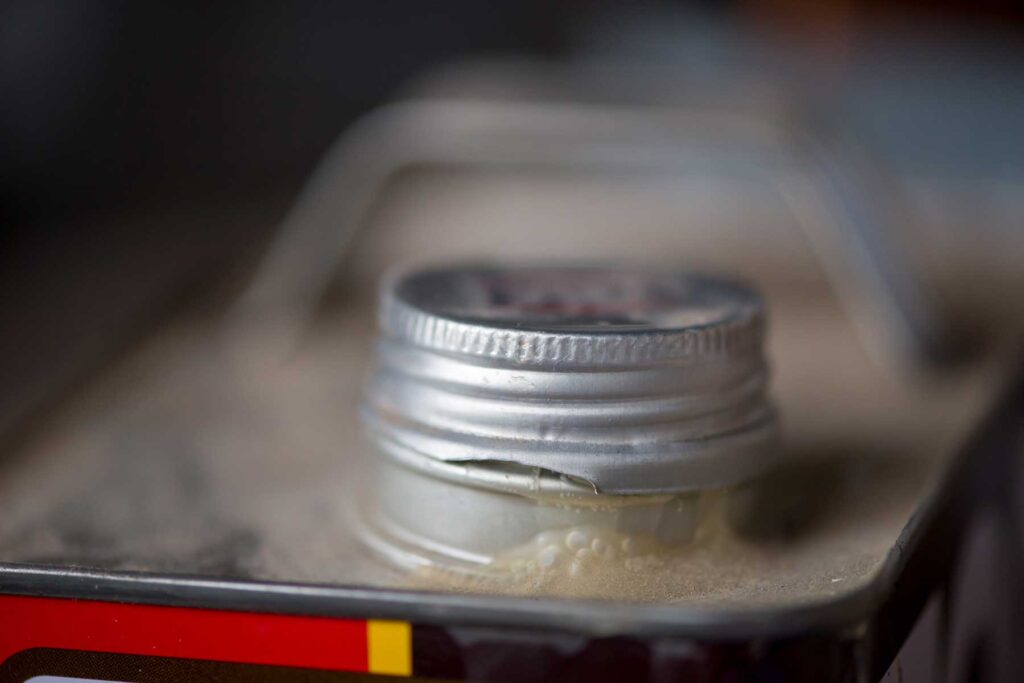
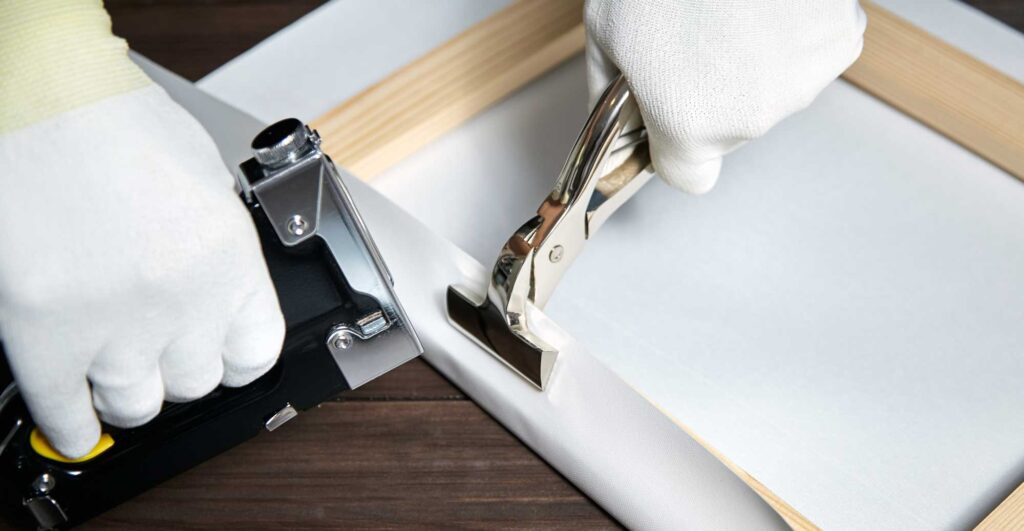

Responses